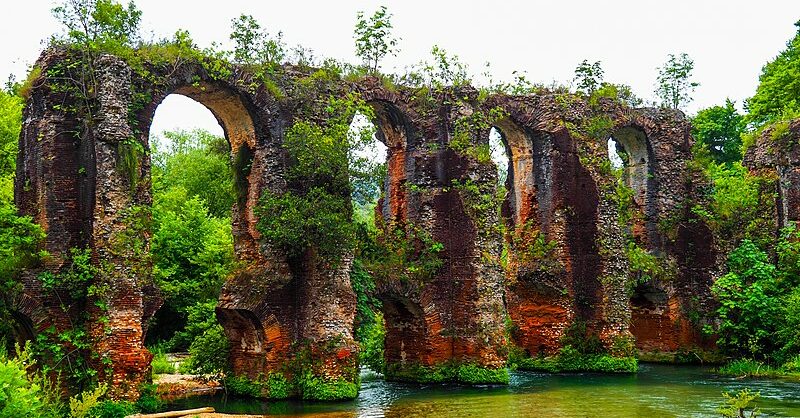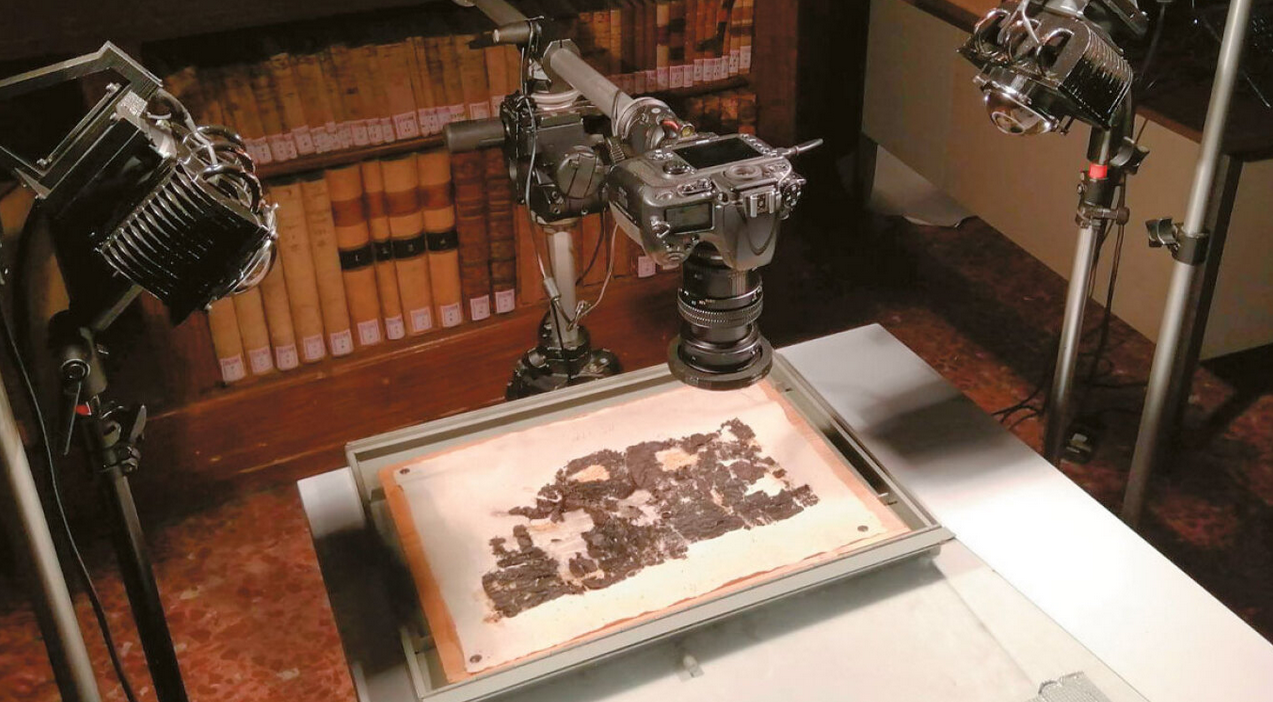Thanks to its excellent preservation over the centuries, ancient Nikopolis gives modern visitors the opportunity to admire the architecture and urban planning of the Romans. What is still impressive, however, is its aqueduct: a unique project for its time, based on a 50-kilometre-long network, which allowed the exploitation of the headwaters of the Louros river.
Nikopolis is the “child” of a transitional but pivotal period in which Rome was transformed from a republic to an empire. It was built in 31 BC, as a symbol of Octavian Augustus‘ great victory at Actium, against Marc Antony and Cleopatra – in a naval battle that always had a Greek “colour”, since Cleopatra was the last queen of Egypt descended from the Macedonians who arrived there with Alexander the Great.
Nikopolis also became a lever of Romanization and control of the whole of western Greece, since many inhabitants of other cities of Epirus and Acarnania were forced to leave them, moving there permanently. It survived until the 11th century, when it was abandoned by the Bulgarians. However, it was not destroyed in terms of infrastructure. And the fact that no later settlement was founded in its place helped to keep it in good condition, given its age.
more at travel.gr
also read
Americans Agree on Sanctions, Less on Refugees, Military Action (infographic)







































